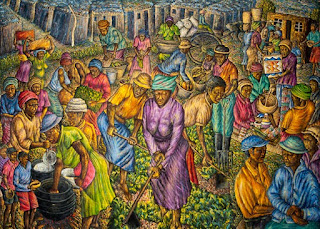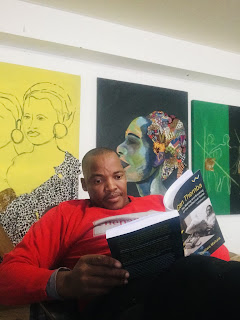Erecting a monumental South African flag in the name of patriotism is a waste of money

The national department of Sports, Arts and Culture has been in the news again - not because it is introducing proper arts education in schools, not because it building new provincial art museums and galleries, not because it is building community art centres, not because it is implementing strategies for audience development for theatres, galleries and museums BUT because it has proposed possibility for an installation of a “monumental” flag, 100m in height, to serve as a national landmark and tourist destination to the tune of R22m. The department of sports, arts and culture plans to spend R22m on installing a flag that is more than 100m in height. Stock image. Image: 123RF/rawpixel Defending this decision despite the public outcry, Minister Nathi Mthethwa said “And it’s disingenuous to say it's not important, if it's not important, your sister organisation AfriForum wouldn't be in court today fighting for the old flag. So I think we must clarify this thing


